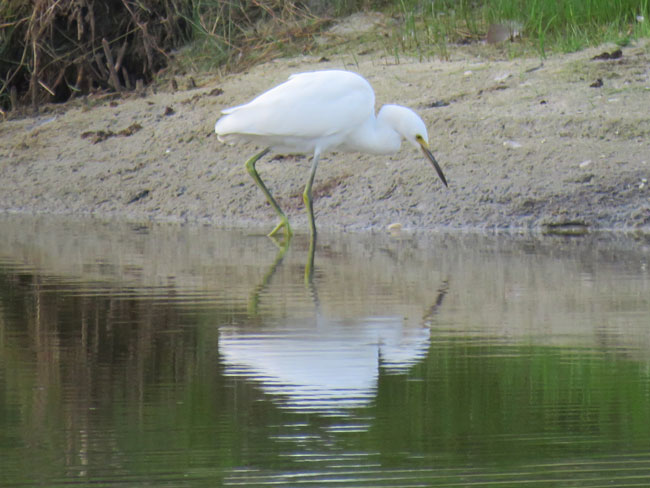
On Indigenous Peoples’ Day my good friend Janet and I took a long afternoon walk from Eastern Point to Avery Point and back again, passing by Beach Pond both ways. The weather was picture perfect, if a bit on the breezy side.

After admiring the views of Long Island Sound and identifying the various islands and lighthouses we could see on a clear day, we found the “Cognitive Garden” on the Avery Point campus. There was still a lot of interest to see there in the middle of autumn. Textures and colors.

Cognition means to acquire knowledge through the senses, experience, and thought. A cognitive garden encourages learning through these three processes while exposing people to nature. While the benefits of nature extend to all ages, young children learn primarily through their senses and a multitude of studies have demonstrated a correlation between sensory stimulation and brain development.
~ University of Connecticut, Avery Point Campus website

The naturalist is a civilized hunter. He goes goes alone into a field or woodland and closes his mind to everything but that time and place, so that life around him presses in on all the senses and small details grow in significance. He begins the scanning search for which cognition was engineered. His mind becomes unfocused, it focuses on everything, no longer directed toward any ordinary task or social pleasantry.
~ E. O. Wilson
(Biophilia)


I wish I could include the smell of a patch of thyme for you, dear readers. What an amazing scent filled the air!



On the way back I was happy to see that Beach Pond was full of water again, although we were still in a moderate drought that day. I suspect Thursday’s torrential rains may have moved us up into the abnormally dry category. No waterbirds around but still some flowers blooming, and others spent.



So come to the pond,
or the river of your imagination,
or the harbor of your longing,
and put your lips to the world.
And live
your life.
~ Mary Oliver
(Red Bird: Poems)




It felt so good sauntering along and catching up with a friend!!!
















































